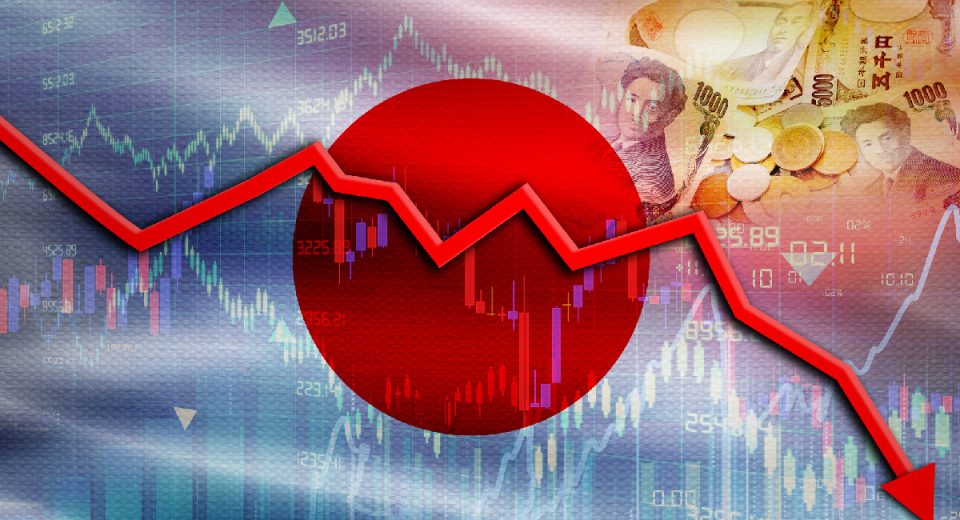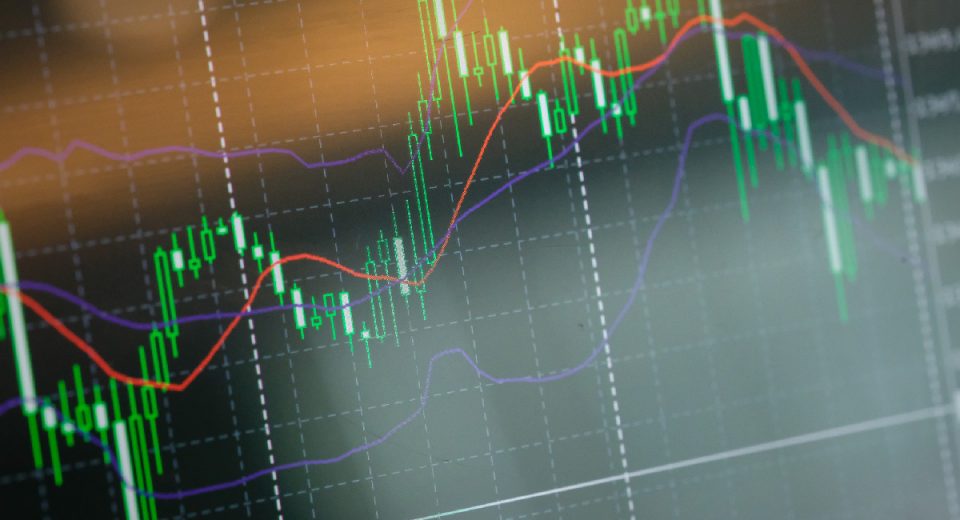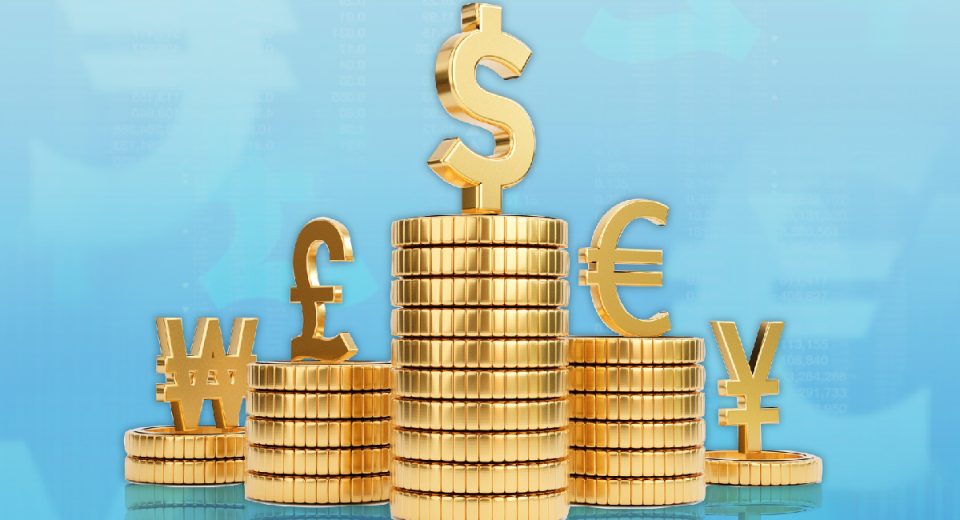
The per-ounce price of silver rose 23.37% in the 12 months to August 2024. After repeatedly testing the $30 level, the precious metal hit a 12-year high of $31.80/oz in May 2024. A surge in demand, combined with a supply deficit, is forecasted to push silver prices further up. Commodity traders must refine their strategies to take advantage of the volatility in the silver markets.
Rising Silver Demand
Did you know that about 50% of silver demand comes from industrial applications? The demand for the white metal may reach 1.2 billion ounces in 2024, propelled by a few major industries.
AI Chips
The burgeoning AI segment is a major consumer of silver, for fabricating smart microchips. The AI chip market is predicted to expand at a CAGR of 38.16% during 2024-2033. These chips are critical to the growth of deep learning, machine learning and analytics. The exceptional conduction capabilities of the white metal make it suitable for the AI industry. This is because low electrical resistance means expedited decision-making and massive data analysis. Bulls even claim that the AI surge can drive XAG/USD to $100.
Photovoltaic Cells
The Paris Climate Agreement requires a worldwide transformation to green and clean energy by 2050. The carbon-neutral vision may consume up to 98% of the 2023 global silver reserves. PV cells are a key component of solar devices. N-type cells, one of the latest higher-efficiency solar cells, have higher silver loadings. According to a report by the Silver Institute, white metal demand is set to intensify as N-type PV cells undergo mass production and consumption.
Automotive Industry
The number of electric vehicles running worldwide is forecast to grow 12 times the 2024 value by 2035. High conductivity and ductility make silver suitable for electric vehicles (EVs). It is lightweight and a key component of the strong alloys used to make EV components. Battery charging equipment consumes about 25 grams of silver per vehicle and much more for charging stations. As the industry grows, silver demand is bound to expand.
In addition to these industries, jewellery and silverware demand also supports the metal’s price. With bulk gains from India, as gold becomes costlier, will drive silver demand up 6%. India is also forecasted to be a key driver of silverware demand by 9% in 2024. China, being the global leader in PV cell and EV production, is predicted to be a key propeller of silver demand in 2024 and beyond.
Continued Supply Deficit
The demand for the white metal had exceeded its supply for 3 consecutive years in 2023. Silver registered a structural deficit of 184.3 million ounces, a gap that is expected to grow further and reach 215 million ounces in 2024. Silver is mostly found with other base metals, such as zinc and copper. Due to mine closures, the production of silver is forecasted to remain strained. A reduction in silver scrap and jewellery discard may lower the production of recycled silver by 3%. Due to a 3% improvement in supply through 2024, the precious metal deficit may ease to 9%, although it still remains at historically high levels.
What Traders Need to Know
After the March to May 2024 rally, XAG/USD hit a bit of a slump due to the strengthening of the Japanese yen. Also, delayed rate cuts by the Fed weighed on the silver markets. However, as the markets regained their calm and the possibility of the Fed beginning its interest rates cuts rose, the white metal recovered its losses by mid-August. It now looks poised to hit record highs in H2 2024. In fact, the Silver Institute expects the white metal to even outperform gold, once the Fed initiates rate cuts. Silver traders must carefully watch CPI and PPI reports, as cooling inflation may signal deeper rate cuts, which will support precious metals like gold and silver. Also, monitoring US retail sales data can give insights into consumers’ spending temperament. The impact of the Fed’s interest rate policies and inflation on consumption reflects on the demand for silver, such as in the form of jewellery.
Explore the Silver Markets with CFDs
High industrial demand ties silver prices closely to the health of the overall economy and business cycles. These make it the commodity volatile, creating more opportunities for traders. Using contracts for differences (CFDs) to trade silver and other precious metals is a popular practice. CFDs allow you to take advantage of rising and falling silver prices. Trading precious metals in bullion requires higher capital, whereas CFDs are traded on margin, lowering the entry barriers to the silver markets manifold.
A word of caution for beginners here: margin trading amplifies profit and loss potential. This necessitates risk management while trading with derivative instruments like CFDs. Employing risk management strategies, such as stop-loss, take-profits, trailing stop loss and hedging a long position with a short one, are popular among CFD traders.
To Sum Up
- Silver is forecasted to remain in demand and hit record highs through 2024.
- Silver is more sensitive to economic events than gold.
- The AI industry relies on silver for the fabrication of smart cells.
- Transition initiatives to clean energy are set to be the most significant drivers of silver price.
- Silverware, jewellery and bullion also drive the demand for the white metal.
- Commodity traders use CFDs to take advantage of the volatility in silver prices.
- Risk management is critical while trading CFDs.
Disclaimer
All data, information and materials are published and provided “as is” solely for informational purposes only, and is not intended nor should be considered, in any way, as investment advice, recommendations, and/or suggestions for performing any actions with financial instruments. The information and opinions presented do not take into account any particular individual’s investment objectives, financial situation or needs, and hence does not constitute as an advice or a recommendation with respect to any investment product. All investors should seek advice from certified financial advisors based on their unique situation before making any investment decisions in accordance to their personal risk appetite. Blackwell Global endeavours to ensure that the information provided is complete and correct, but make no representation as to the actuality, accuracy or completeness of the information. Information, data and opinions may change without notice and Blackwell Global is not obliged to update on the changes. The opinions and views expressed are solely those of the authors and analysts and do not necessarily represent that of Blackwell Global or its management, shareholders, and affiliates. Any projections or views of the market provided may not prove to be accurate. Past performance is not necessarily an indicative of future performance. Blackwell Global assumes no liability for any loss arising directly or indirectly from use of or reliance on such information here in contained. Reproduction of this information, in whole or in part, is not permitted.




